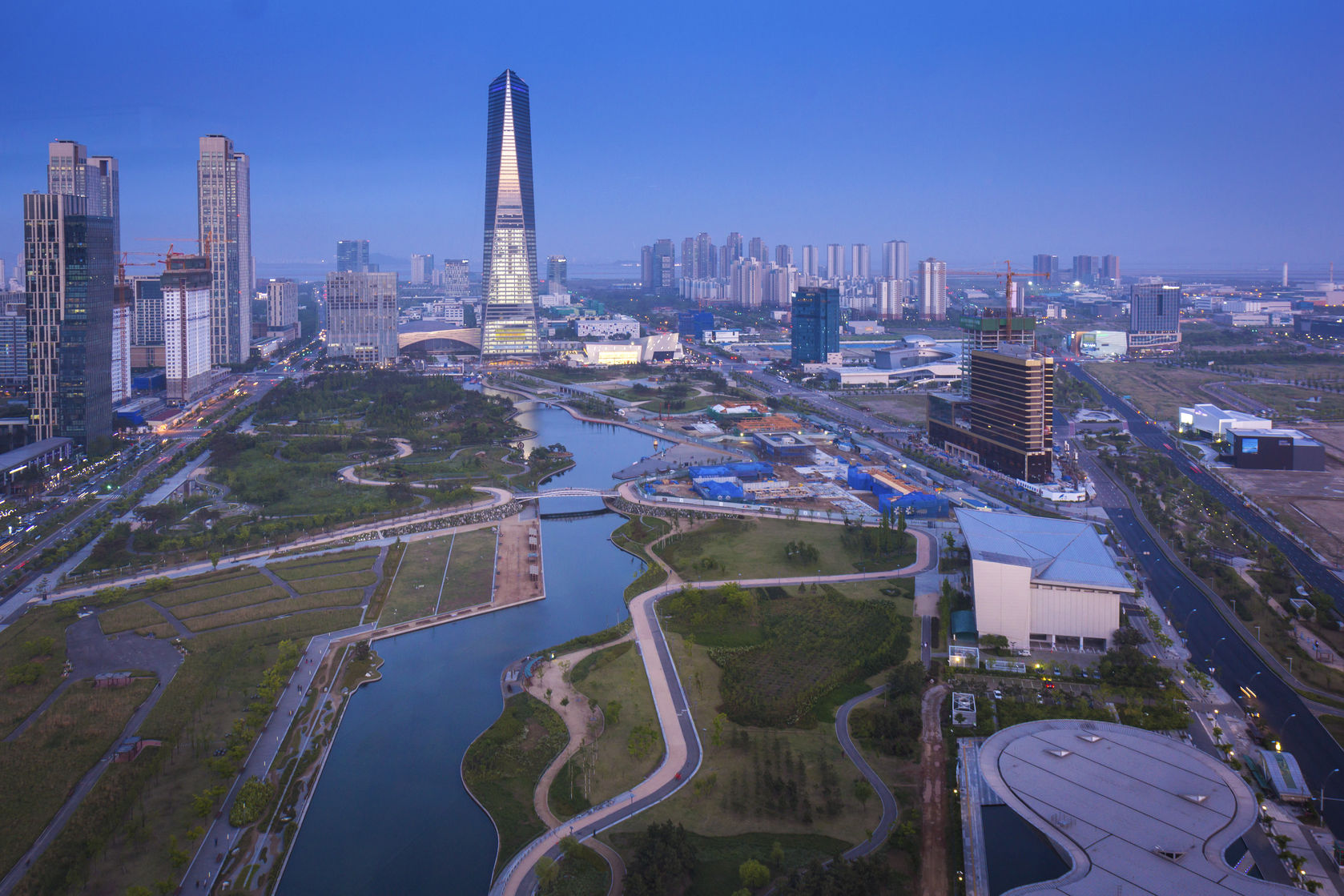8 September 2020
Total announced on 1st September 2020 the establishment of a 50/50 partnership which will see it working alongside Macquarie's Green Investment Group to develop a major portfolio of 5 floating offshore wind projects in South Korea. These projects will be located in Ulsan and South Jeolla provinces, on the country's Eastern and Southern coasts. The partnership is due to become effective in Autumn 2020, and whilst construction of the first project of 500 megawatts is intended to commence by the end of 2023, on-site wind data collection campaigns are already underway.
This is a significant vote of confidence in the commercial potential of floating offshore wind projects, from a major global energy stakeholder. Existing floating projects have largely functioned as demonstrators, such as the WindFloat project operating off Portugal's Atlantic coast, or as small scale grid projects such as Hywind 2, located off the coast of Scotland. This new partnership marks a step change in the technology. Whilst it remains early days for the technology, wider scale commercialisation could open up significant new markets in areas where waters are too deep for fixed-foundation turbines, particularly for countries such as Japan which lack many shallow-water sites.
Total's commitment to the development of these projects further reflects the diversification of global supermajors into offshore wind as a means of expanding their renewables portfolio. It is likely that we will see other supermajors making similar significant investments in the future.
Floating projects on a commercial scale will bring a range of new engineering challenges which insurers will need to consider when insuring floating offshore projects. Cabling claims are both common and expensive in Europe, and the use of dynamic cabling will increase the complexity of the project. There is little real-world experience of the durability of the dynamic cabling inter array systems used in floating offshore projects, and insurers will need to bear this in mind when determining the defects cover applicable to these cables. In addition, insurers must be aware of the differing risk profile when writing offshore wind business in Asia brought by the risk of loss caused by natural catastrophe. The risk of typhoon damage to projects will be of particular concern to insurers of floating offshore wind projects.
European insurers must also be aware of local legal and cultural issues when writing business in Asia. European insurers will mostly be participating in Asian markets by way of reinsurance fronted by admitted insurers, subject to local law. In South Korea, for example, cedants are required to retain at least 10% of the risk themselves. Accordingly, close relationships between reinsurers and cedants will be essential for the effective management of claims whilst utilising the experience of European insurers more well-versed in writing offshore wind risks. In terms of disputes, Asian cedants will generally prefer the dispute resolution institutions of their own country, although it may be possible to move disputes to regional arbitration centres such as Singapore and Hong Kong.
For further in-depth discussion of many of the issues raised in this article please see our Paper on insurance considerations for offshore wind in Asia at https://www.clydeco.com/en/reports/2019/11/offshore-wind-in-asia.
For further information, please contact:
Nicholas Sykes, Partner, Clyde & Co
nicholas.sykes@clydeco.com


.jpg)




